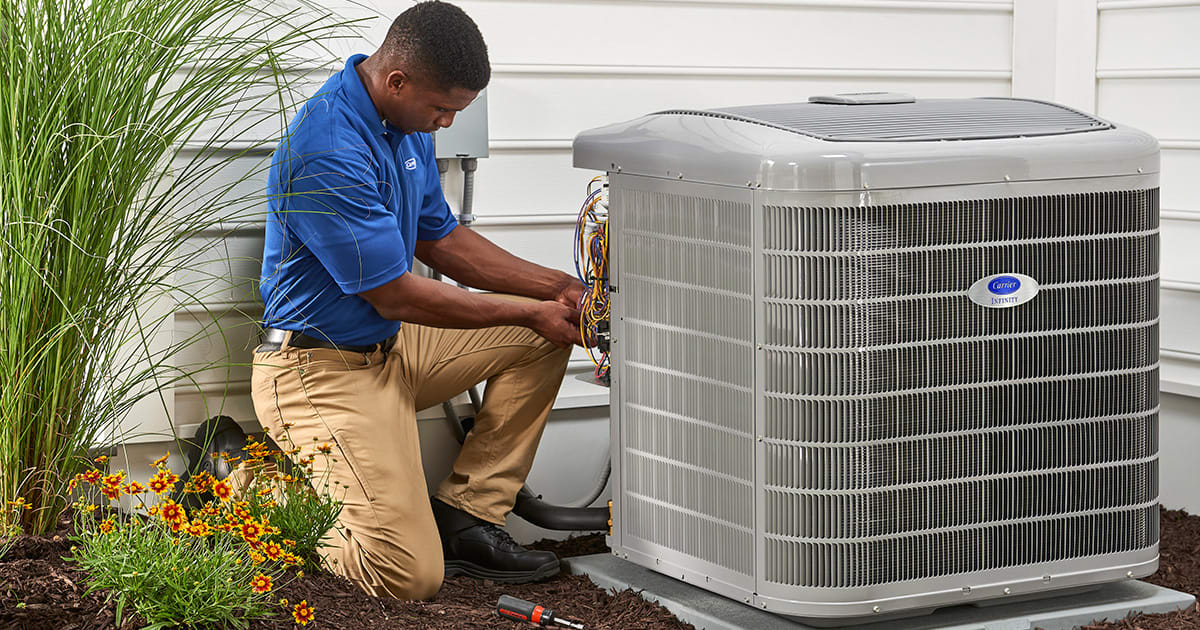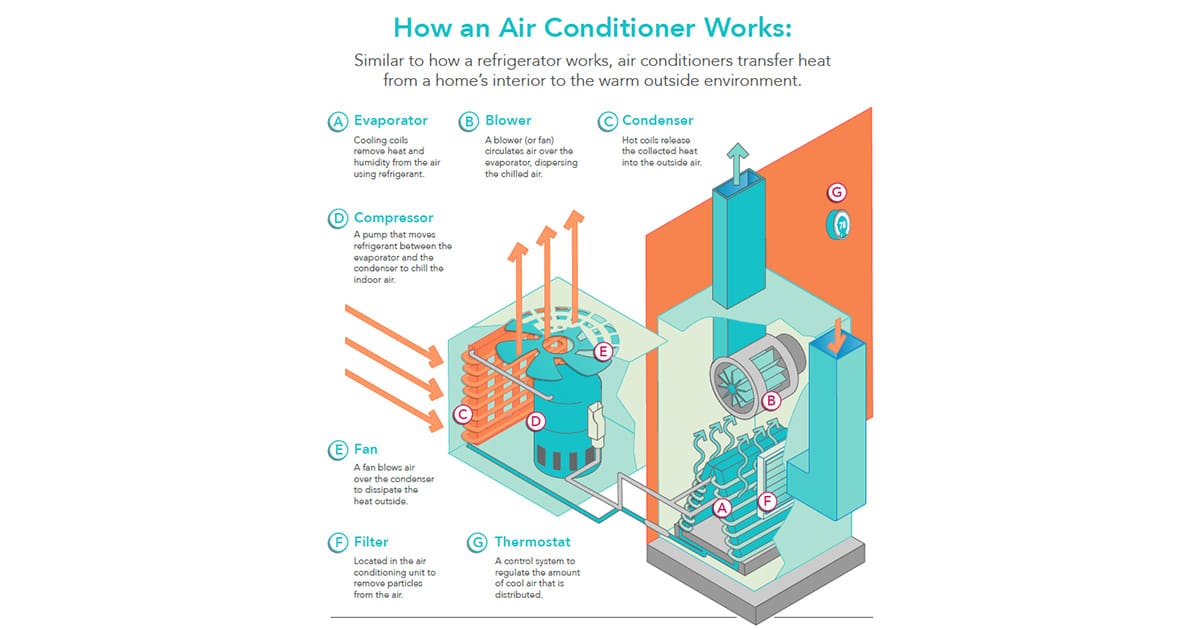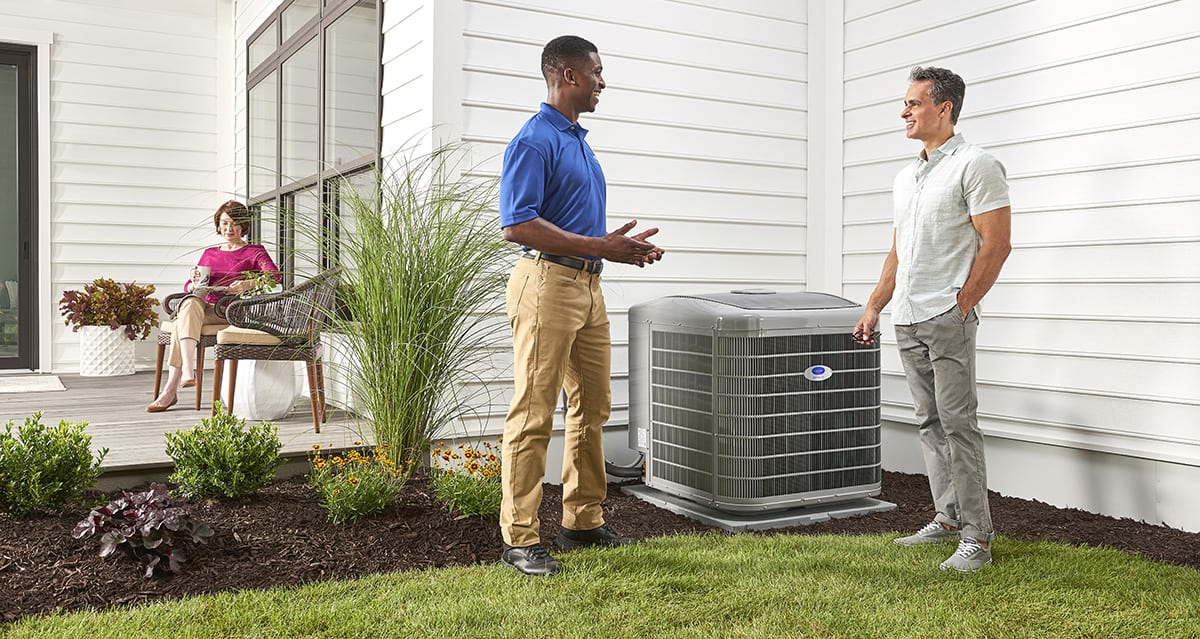AC Refrigerant: Definition and Updates
You may not know this, but for virtually every person in modern society, refrigerant touches your life nearly every day. That cold beverage from your refrigerator... the cool breeze from your car’s air conditioning vents... and even that warm air from your heat pump... all courtesy of refrigerant.

Refrigerant has been a vital part of indoor cooling systems since Willis Carrier invented the modern method of conditioning air in 1902. And chances are if you are reading this blog in the middle of summer, you are doing so in the air conditioned comfort of your home or your favorite local coffee shop.
What is AC Refrigerant?
Refrigerant is a chemical compound capable of transitioning from liquid to gas and back again. During the process, its abilities to absorb and transfer heat have been the key to cooling, refrigeration and heat pump systems for many years.
Historically, refrigerant has been manufactured using a number of different chemical combinations. Some of the most commonly recognized names of refrigerant include:
- Freon®
- R-12
- R-22
- R-134A
- R-410A (Puron®)
- R-454B (Puron Advance™)
Learn more about Puron Advance, Carrier’s new refrigerant that will replace Puron in all residential ducted and ductless and light commercial products..

What AC Refrigerant Does
Whether you call it refrigerant, Freon, R-22, R-410A, Puron or something else, it all does the same thing. As a part of your air conditioner or heat pump system, it helps transfer heat and humidity out of your home for cooling... or draws heat from outdoor air and brings it inside for heating.
AC refrigerant plays a crucial role in the cooling process of air conditioning systems. Here’s how it works:
1) Absorbing Heat: The refrigerant circulates through the AC system in a closed loop, alternately absorbing heat from indoor air and releasing it outdoors.
2) Phase Change: As the refrigerant passes through the evaporator coil indoors, it absorbs heat from indoor air, causing it to evaporate from a liquid to a gas.
3) Compression: The compressor compresses the gas refrigerant, increasing its temperature and pressure.
4) Condensation: The hot, high-pressure gas refrigerant then flows to the condenser coil located outside or in the outdoor unit. Here, it condenses back into a liquid state, releasing the heat it absorbed from indoors to the outdoor air.
5) Expansion: The liquid refrigerant passes through an expansion valve or capillary tube, where it undergoes a pressure drop, allowing it to evaporate and absorb heat again in the indoor evaporator coil, restarting the cycle.
Learn more about how do air conditioners work.

How HVAC Refrigerant Has Changed
There has been a history of change for refrigerants. The changes from R-12 to R-22 and to Puron aimed to reduce ozone depletion, while the most recent change to Puron Advance has focused on lowering GWP (global warming potential). Below are the refrigerant implications for your heating and cooling system based on the time of install.

What HVAC Refrigerant Means to You Now
Because air conditioning and heat pump systems can last 15 years or longer, there are still many R-22 systems in service today.
If your HVAC system was installed in 2010 or before
- You likely have a system with R-22 refrigerant.
- Only “used” or “reclaimed” R-22 is available for system repairs/recharging as of 2020.
If your system was installed between 2010 and 2023
- You probably have a system with R-410A, Puron or an equivalent, non-ozone depleting refrigerant
- In the short-term, cost for adding refrigerant to your system should remain somewhat stable due to ample supplies
- Due to potentially escalating costs for repairs and the phasedown of R-410A refrigerant, it may be more economically sound to replace an ailing air conditioner or heat pump with a new model that uses Puron Advance.
If your system was installed in 2024 or beyond

TALK TO YOUR LOCAL CARRIER DEALER FOR YOUR AC REFRIGERANT NEEDS
If your current system is struggling to keep you cool, running low on refrigerant is just one of many potential issues. The problem could be as simple as a clogged filter, or a more complicated and expensive issue with your unit’s compressor. The best way to find a solution? Contact your local Carrier HVAC contractor for professional troubleshooting, repair, or replacement with a new, higher efficiency HVAC system .

Trademarks are the property of their respective owners
Frequently Asked Questions About AC Refrigerant
Learn More About AC Refrigerant
- Learn about Carrier's newest refrigerant, Puron Advance™
- Read about the history R-22 refrigerant and R-410A refrigerant

